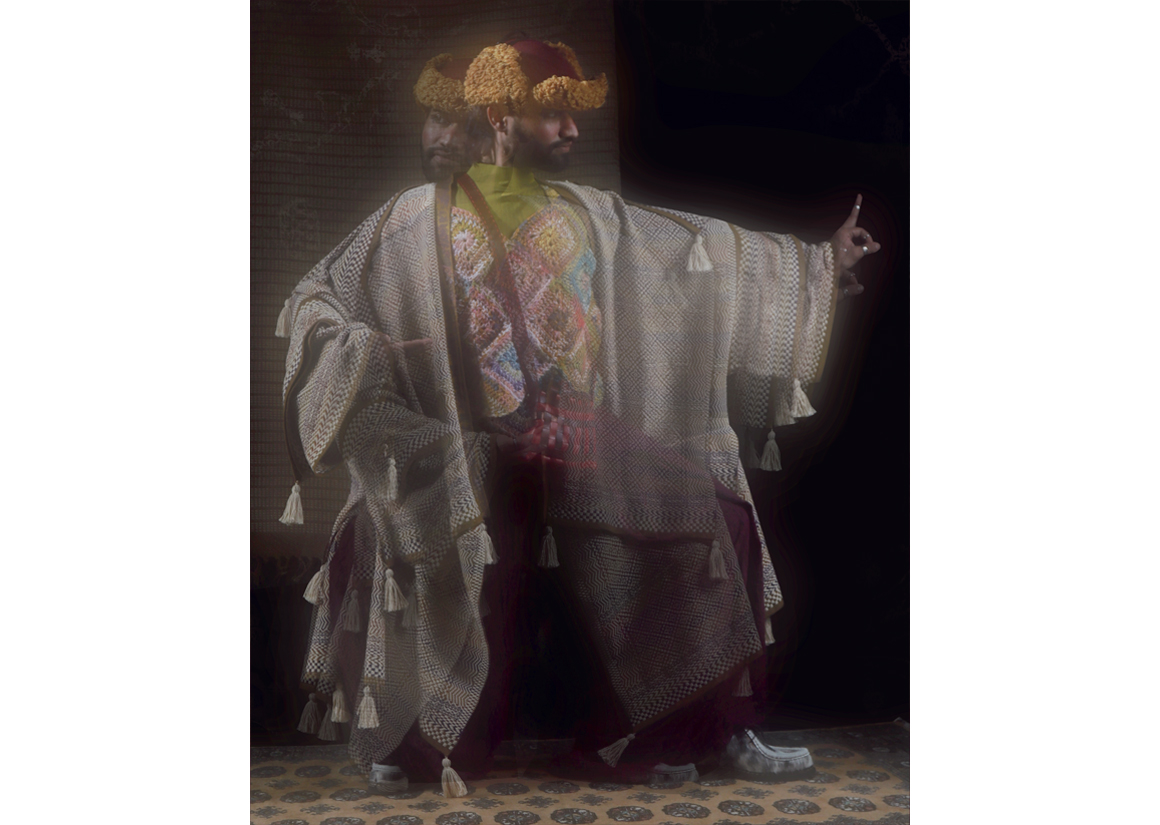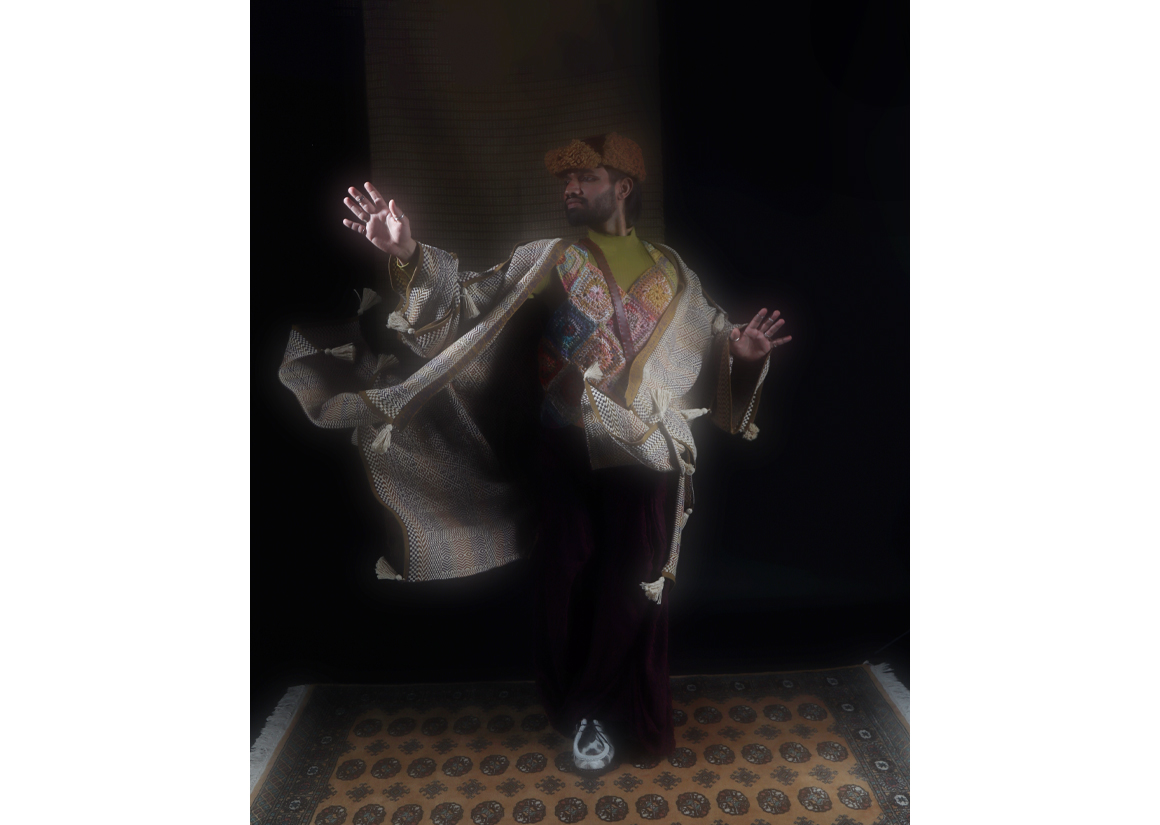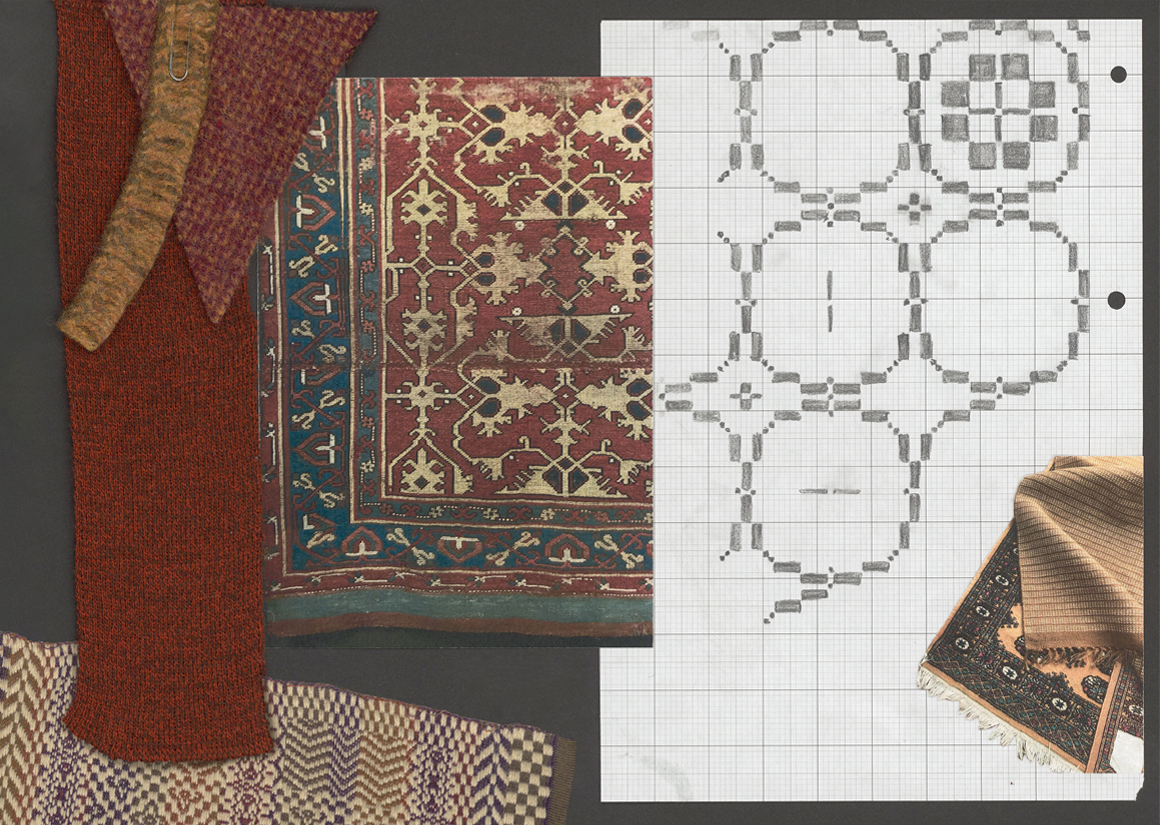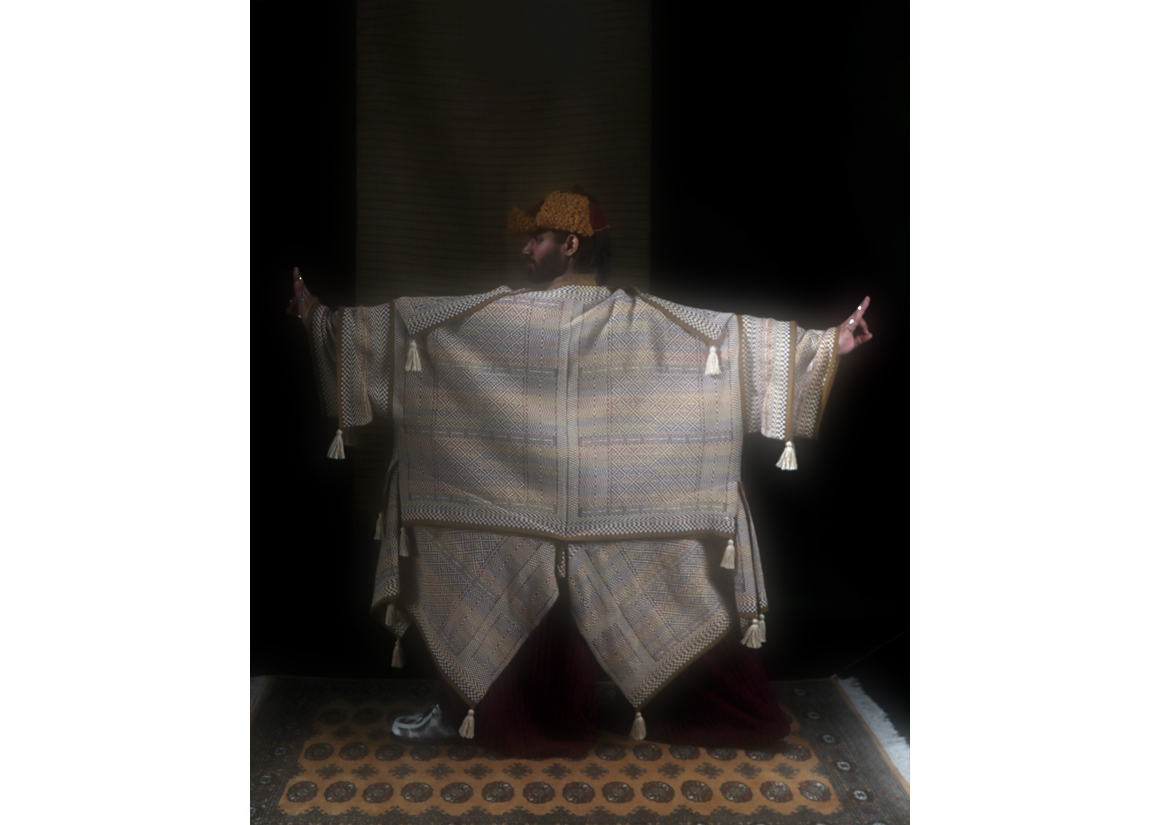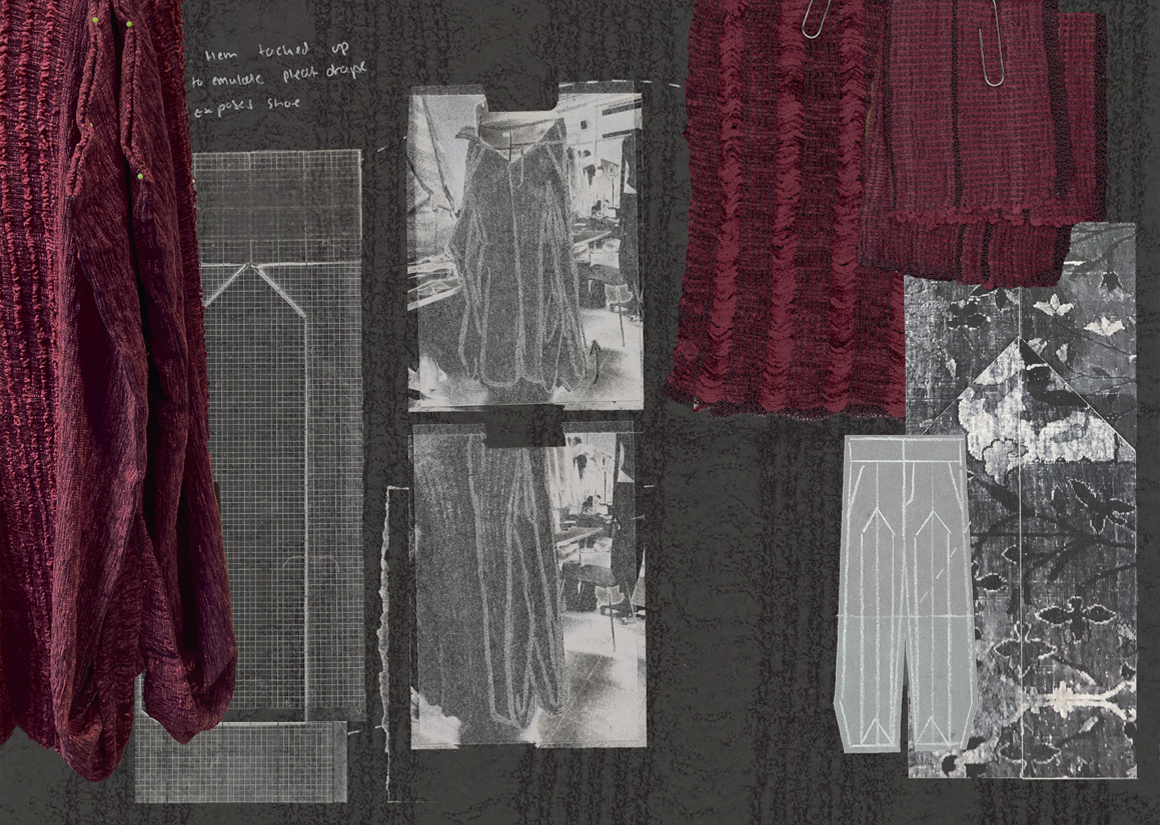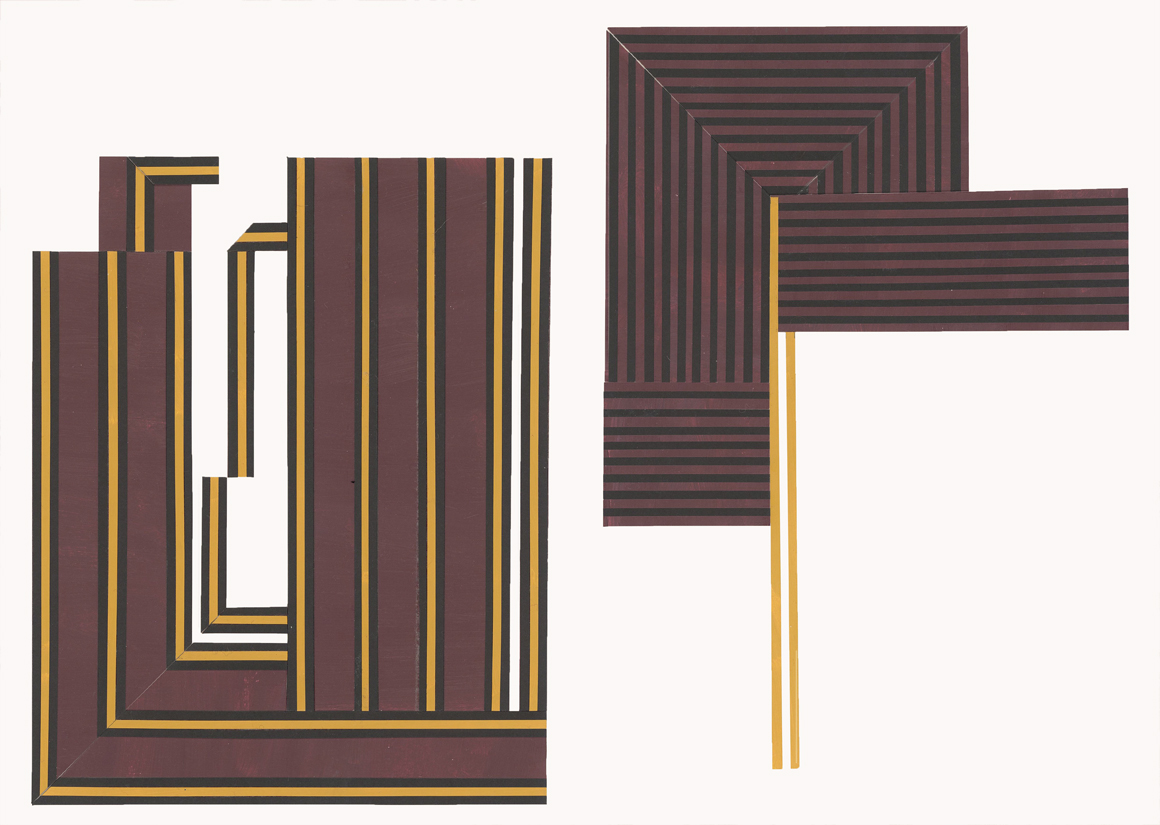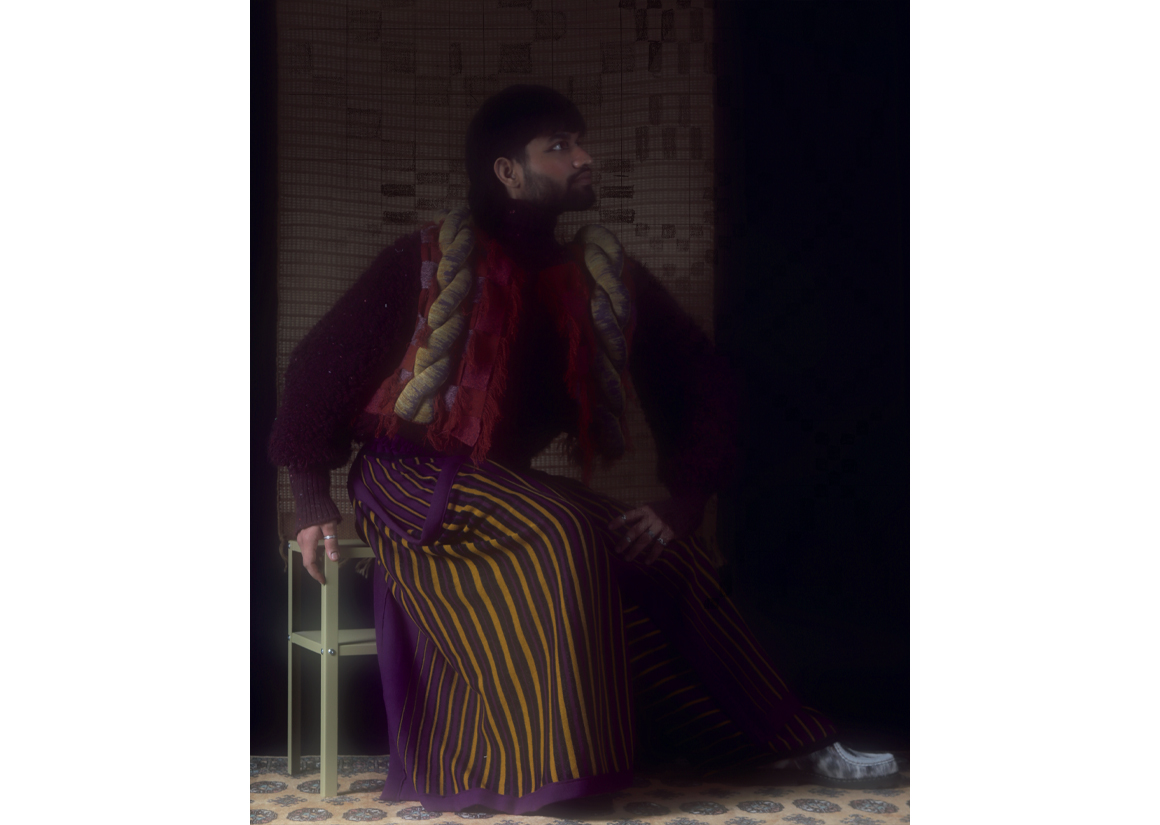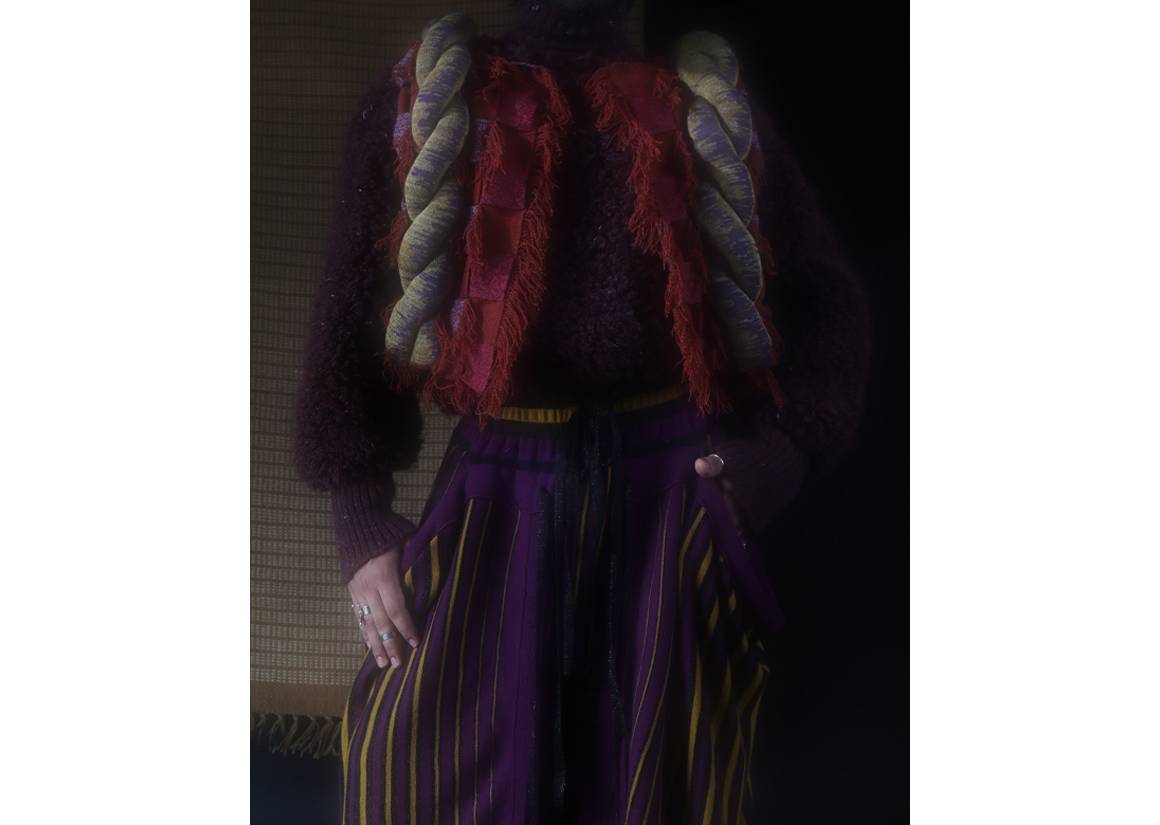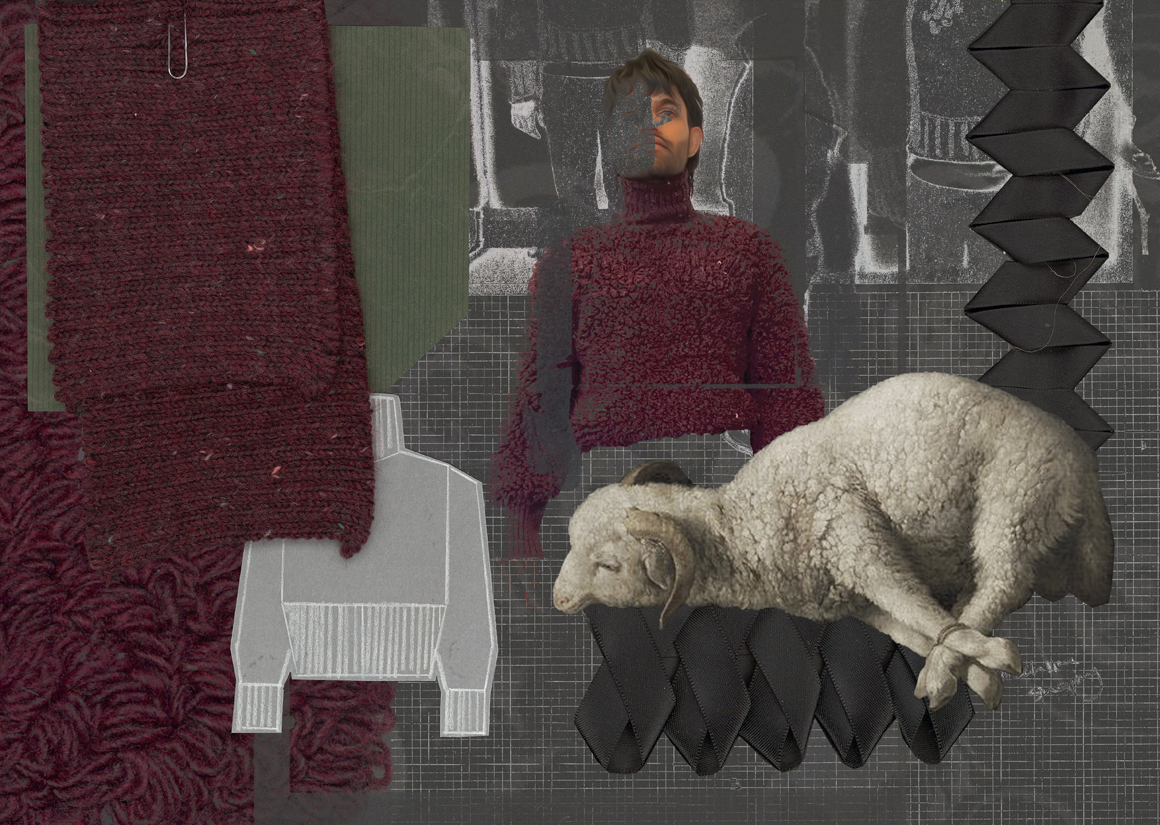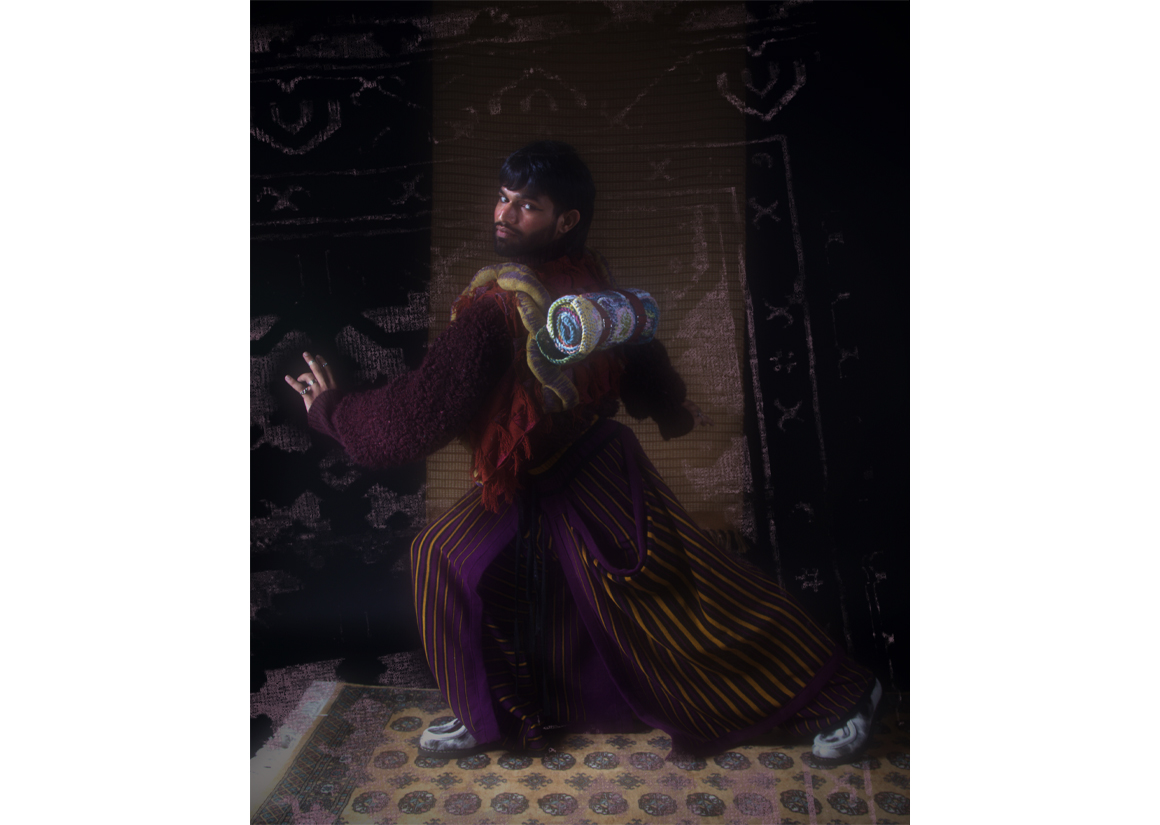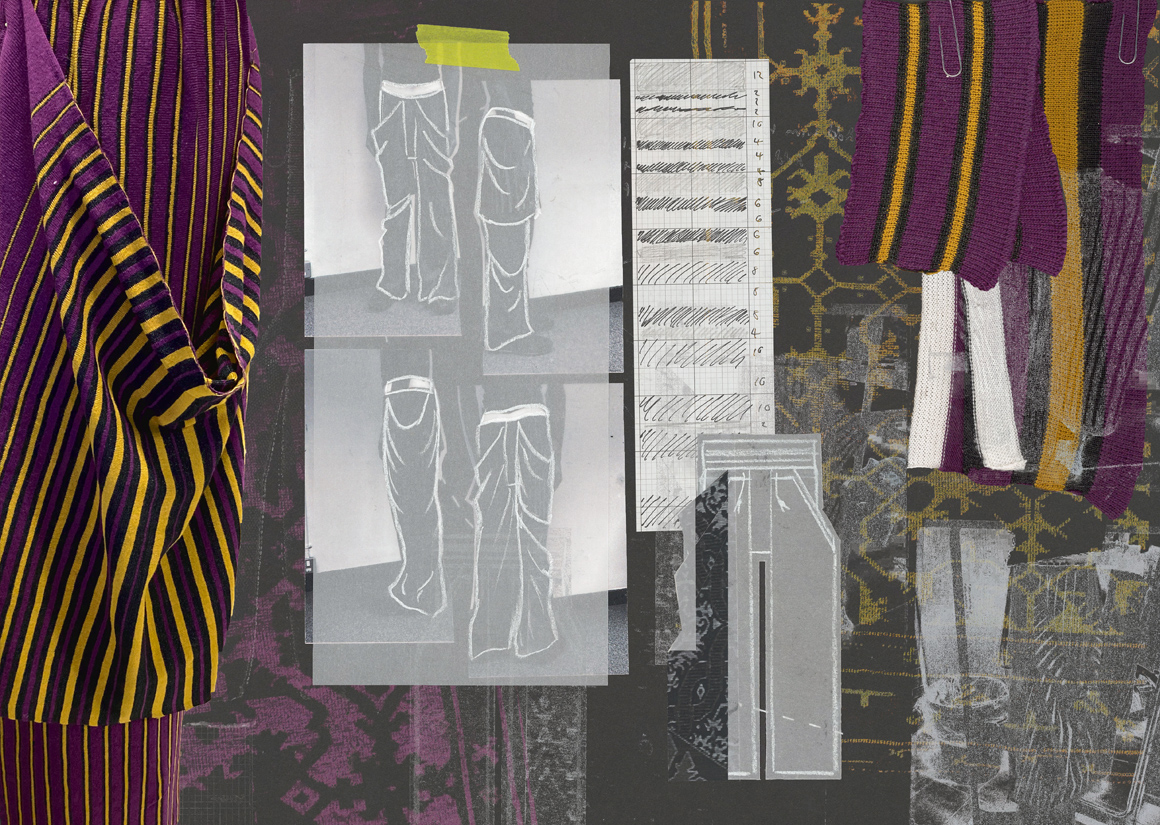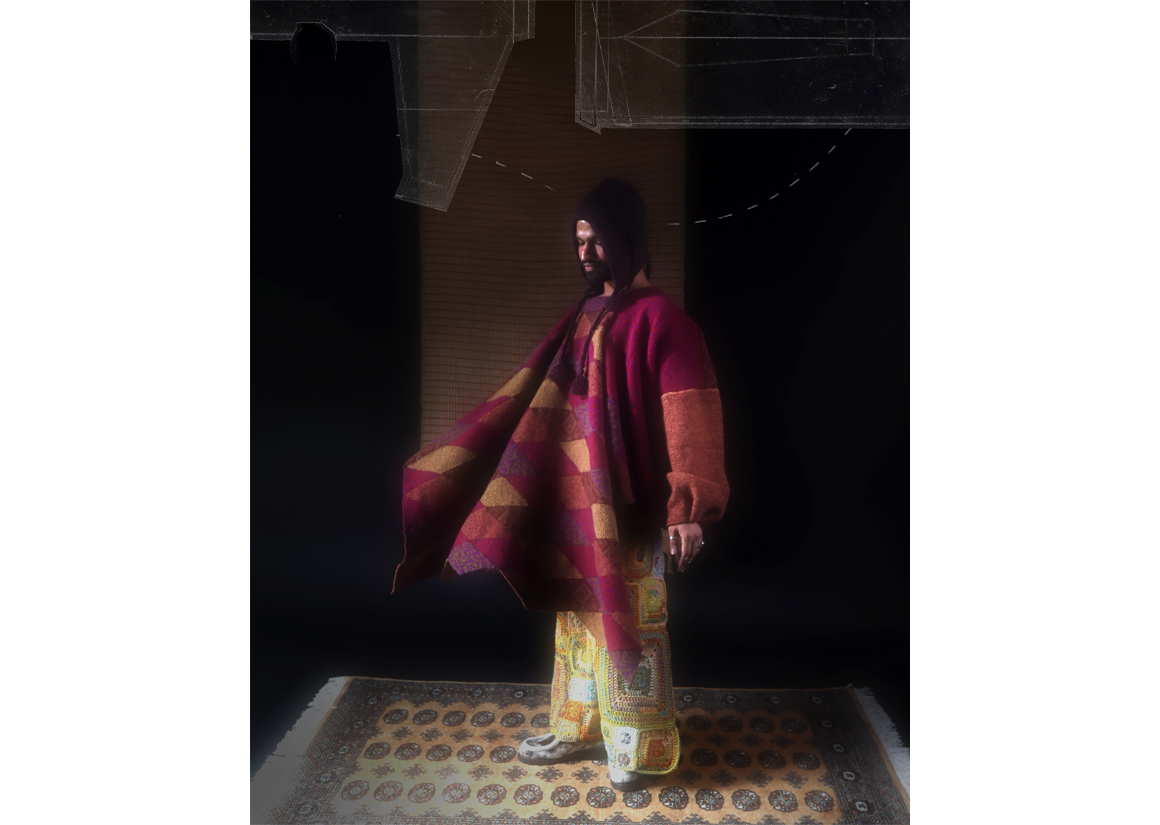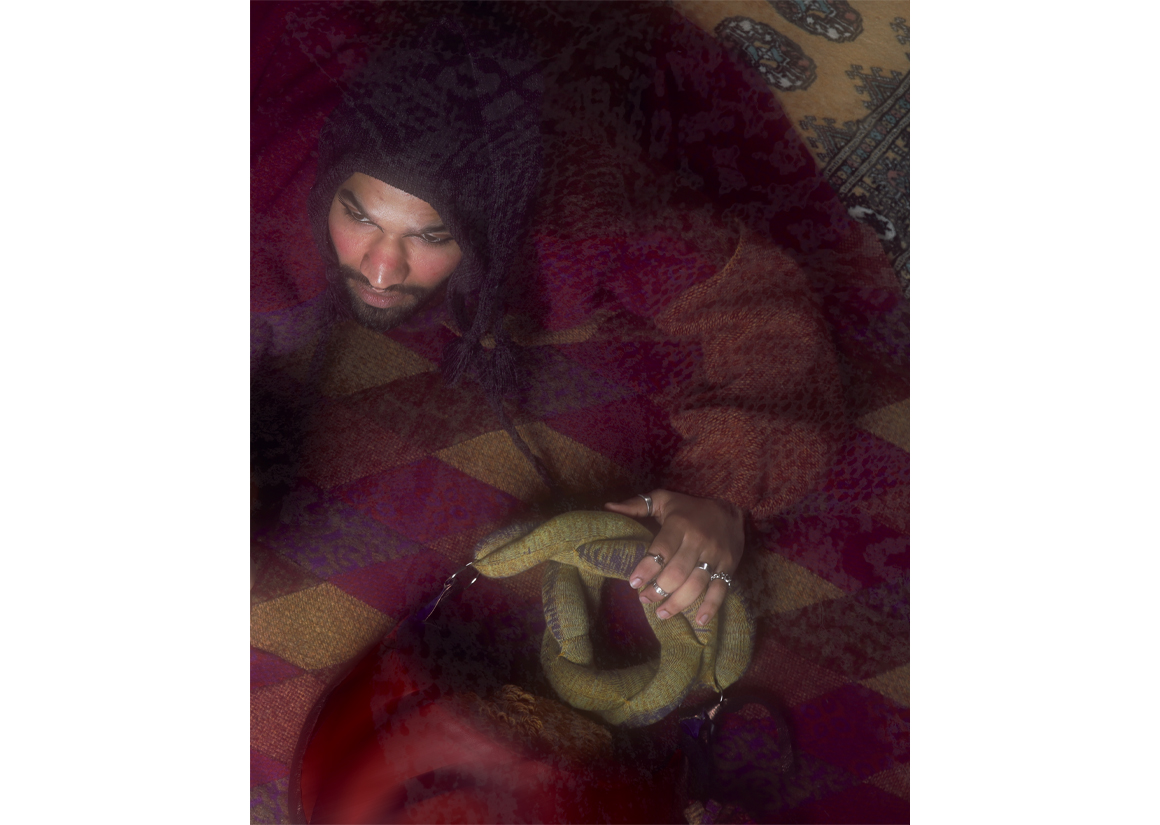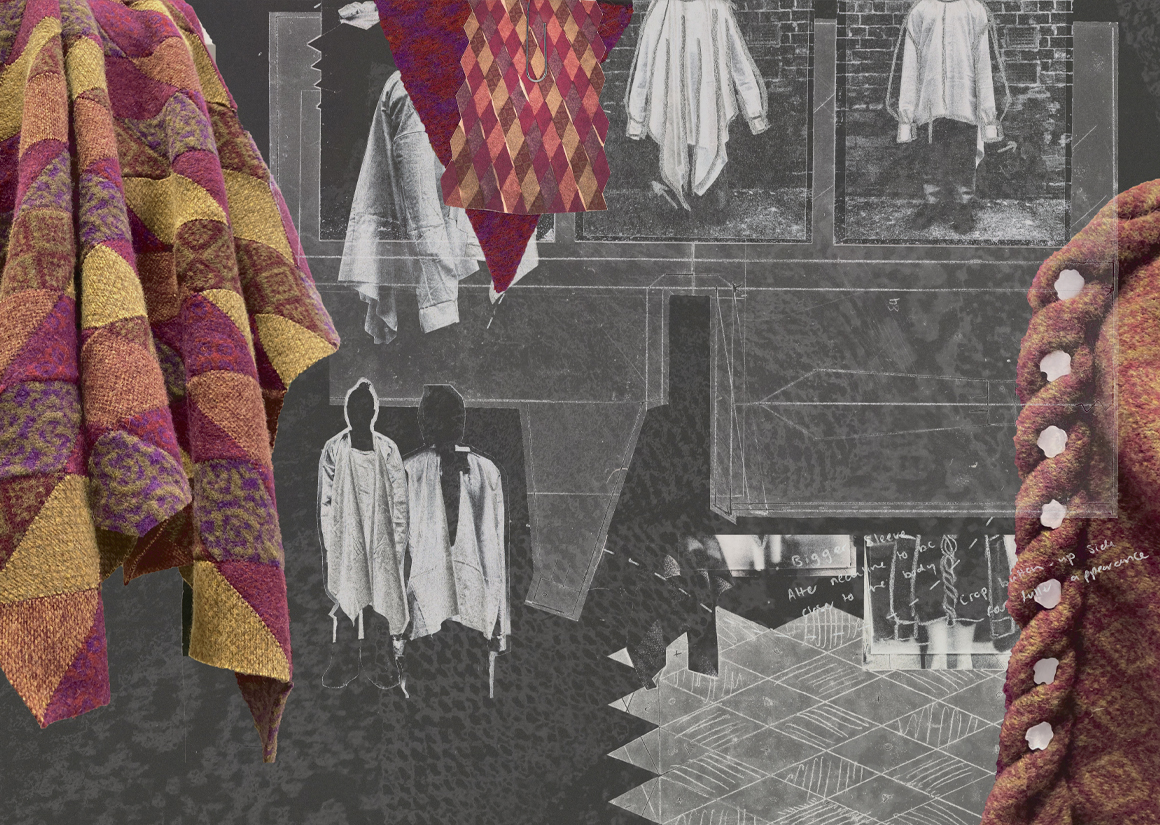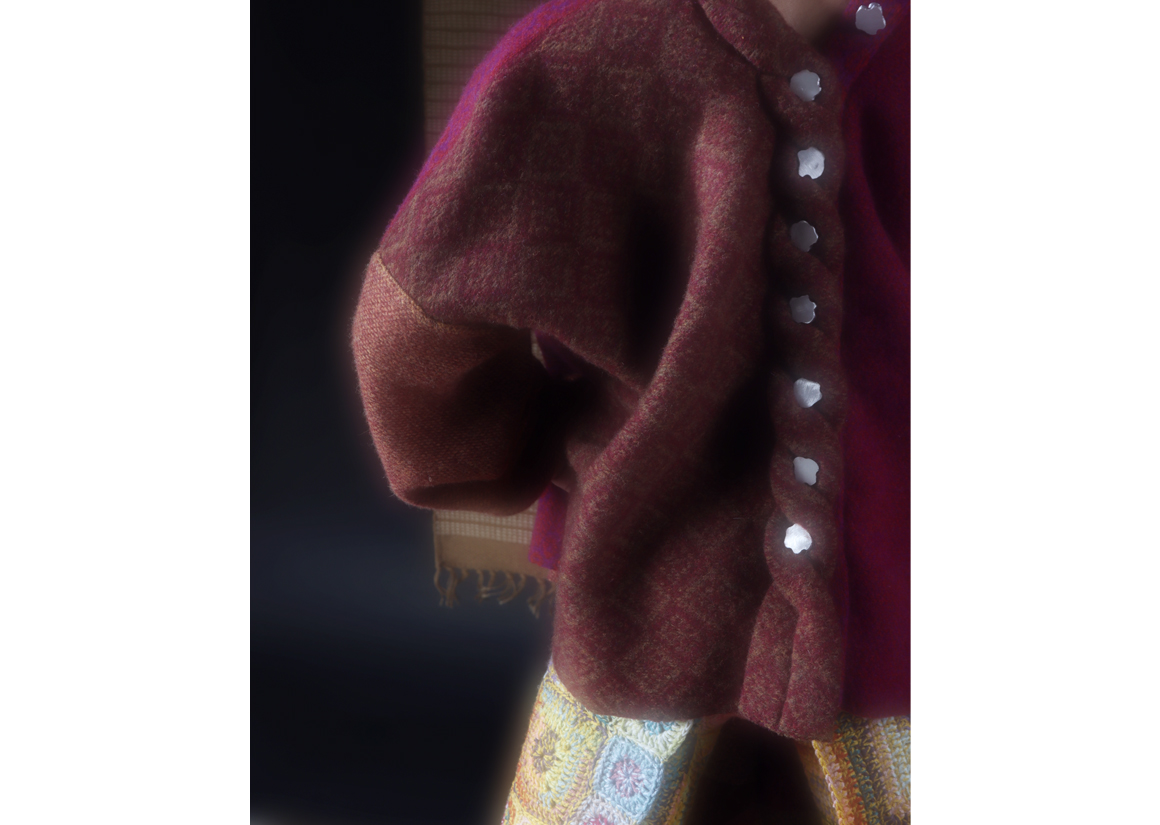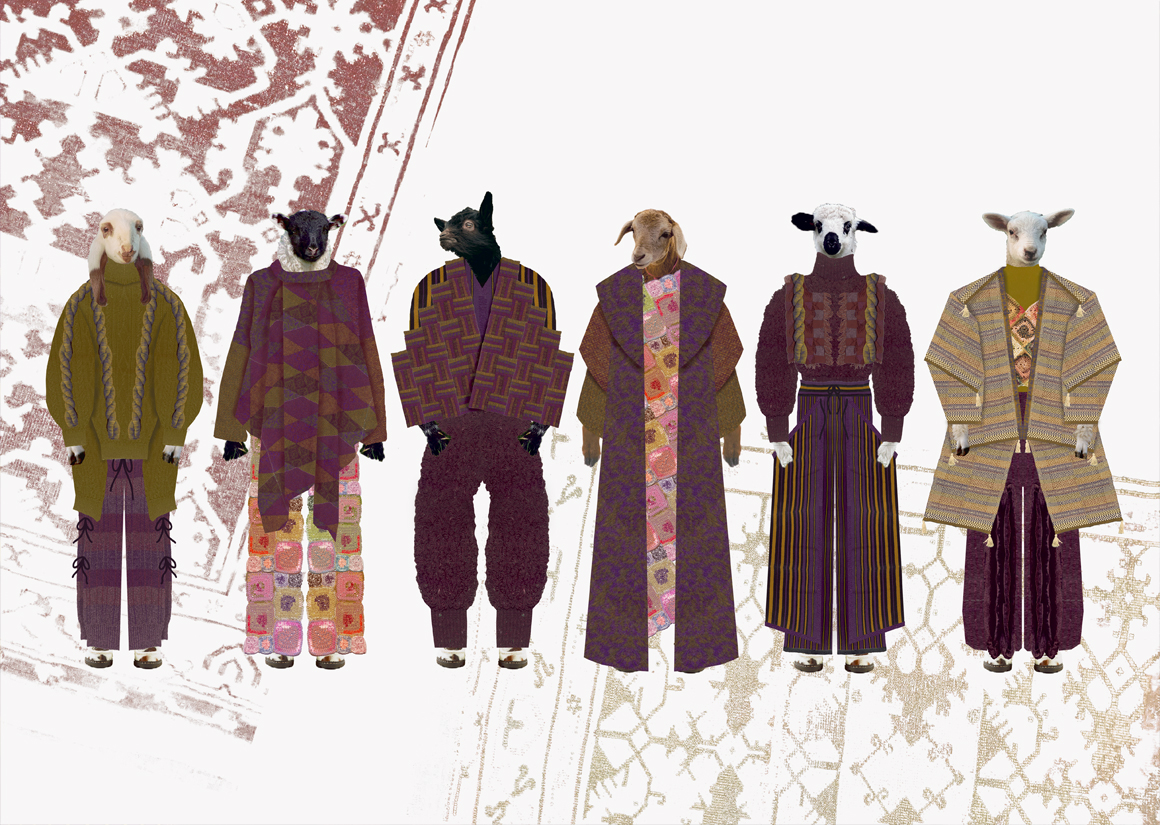
About Me
Hi, I'm Gus, a Knitwear and Knitted Textile Design graduate from NTU
Knitwear, as a discipline, presents an unrestrained and mouldable opportunity for texture and shape that knitted fabrics present to a designer. I am particularly interested in the preservation and appreciation of traditional textiles and garments (both knitted and woven) and knitting techniques and am inspired by heritage crafts and their related communities.
My interests and strengths in knitwear design relate to material quality and the technical process of creating fabrics and garment construction. Being involved in every stage of an objects creation is incredibly rewarding and fulfils my interest in handcrafts and a textiles social value to its creator or associated community. Strong contextual research is incredibly important to my practise, as it forms a crucial reference to a projects progression. Having a realised idea to refer back to when designing is an essential resource to ensure all aspects of the project explore the topic thoroughly.
INSPIRATION
Inspiration came from the idea of traditional rugs/tapestries being a way to communicate visually
Throughout history, decorative textiles (such as rugs, tapestries, and traditional handcrafts) were a way to share politics, faith, and stories to create a tangible snapshot of civilisation at the time of the object’s creation. My collection, 'Upward Spiral' is an investigation into antique textiles and describes the exponential and emotional expansion caused by the blending of such textiles with a pastoral visual language used by historic civilisations to create a textured, tangible, and heady mood.
Roland Barthes academic theory 'From Gemstones To Jewellery' discusses how gemstones gain monetary value despite being raw materials dug up from the ground. He credited human alteration and craftsmanship as the crucial aid in the social reinvention of value. Considering Roland Barthes theory and historic textiles, led me to look into how traditional crafts, such as rug making, tapestry weaving, and ironmongery, are derived from raw materials to be made into objects of high monetary and social value.
MY WORK
PORTFOLIOS

DETAIL
Interpreting traditionally woven textiles, like rugs and tapestries, into a knitted format
Using Stoll machinery, I was able to design and produce a fabric that had the appearance of an antique rug/textile that is traditionally woven. Reverse plaiting was used to emulate the deterioration of colour found in the project's contextual images and inlayed yarn enabled textured motifs and patterning to be applied to the surface of the fabric. Both sides of the fabric were useable and had different motifs depending on the position of the inlay yarn. In addition, the fabric also behaved like a woven structure and was applied to more sculptural silhouettes in the collection, since it would hold its shape. As a way to implement zero waste pattern cutting, I decided to limit my panels to be only rectangles that could be knitted to size. This also meant that my panels reflected my contextual research too. Diagonal and exposed seam allowances provided shape to the garment and trims accentuated the garments construction.
